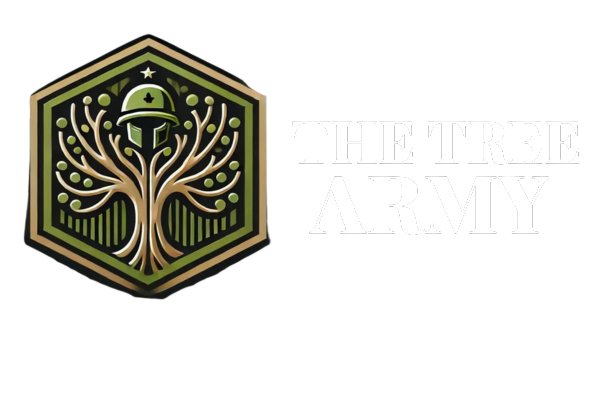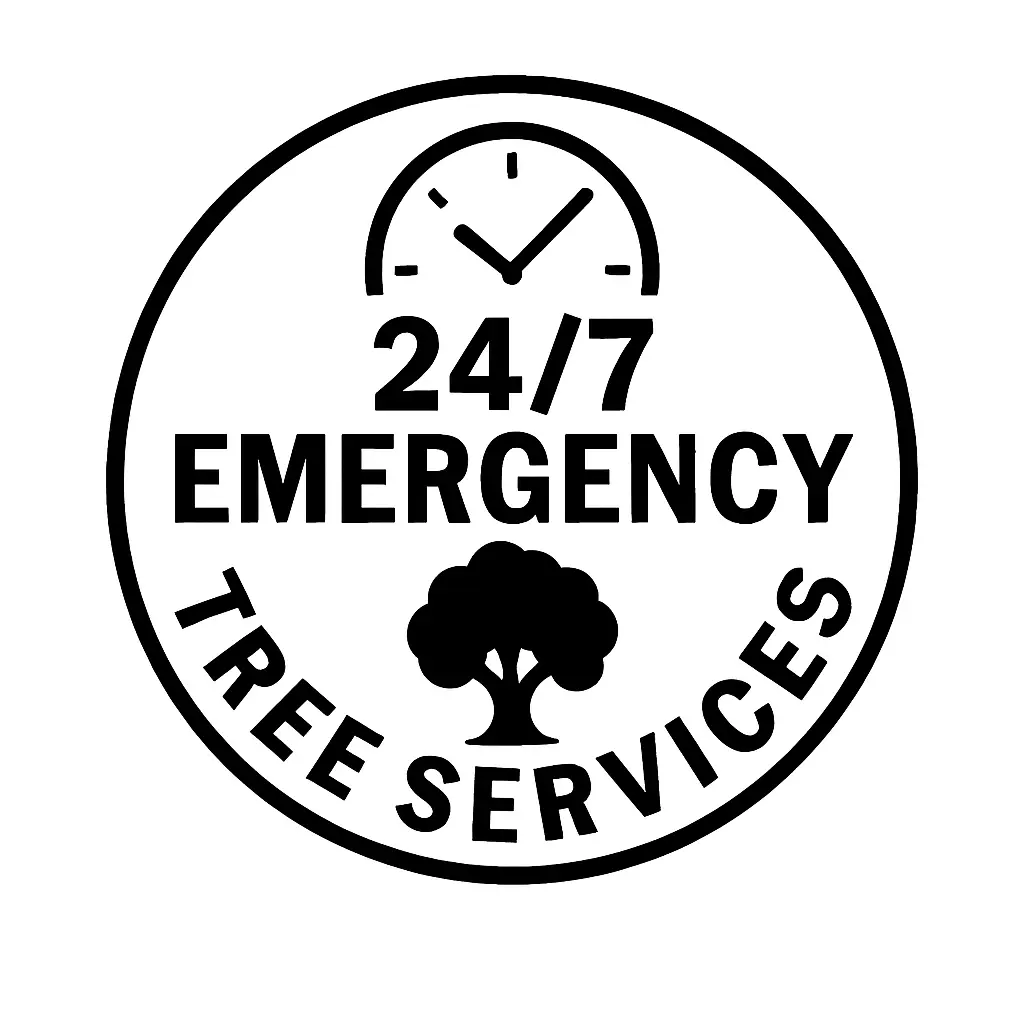Trees are the lungs of the earth. They provide us with unlimited benefits, including cleaner air and oxygen. But like every other living organism, they can become susceptible to diseases, and if left untreated they can cause the death of our greens and harm our landscapes. It is important to understand what can cause these diseases to make our trees structurally strong. In this blog, we will discover the most common diseases and learn about the early warning signs so that one can take action before it’s too late to save our trees.
Why Tree Health Matters
Strong trees offer multiple advantages. They take in carbon dioxide besides give off oxygen. They give homes to wild animals and prevent the erosion of soil. Moreover, they increase the real estate value of our property and enhance the curb appeal. If they are not maintained and neglected, they could fall ill and harm the integrity of our outdoor sanctuaries.
Signs and Symptoms of a Diseased Tree
Tree Diseases have many symptoms, but many signs sometimes go unnoticed. Often they are not very serious, but if one learns about the early warning signs, they could save their trees.
- Wilting Leaves – Drooping or curled leaves indicate root damage.
- Discoloration of Leaves – Yellowing, browning, or dark spots on leaves. This can be because of a fungal or bacterial infection
- Cankers & Cracks – Open wounds in the bark imply a fungal infection or damage from nightmarish insects
- Mushrooms or Fungal Growth – The appearance of fungi on the bark or roots shows that your tree is decaying or rotting from the inside.
- Dead Branches & Dieback –Sudden leaf loss plus cessation of growth on parts of a tree often indicate that the tree is diseased.
Common Tree Diseases and How to Identify Them
1. Fungal Tree Diseases
A regular cause of tree illness remains fungi. Because they move through spores, their growth is helped by wind, rain, and bugs.
Powdery Mildew
Common in: Oaks, maples, dogwoods, fruit trees.
Symptoms:
- A layer that appears white and powdery on leaves and stems.
- Leaves curl or even lose yellowish coloration.
- Prolonged effects can weaken young trees.
What causes it?
- High humidity and insufficient air circulation around the canopies.
- Branches that are overcrowded or provide excessive shade.
Anthracnose
Common in: These diseases affect mostly camores, oaks, maples, and dogwoods.
How to identify?
- Brownish specks on leaves and twigs.
- Leaves curl and fall during the early part of the season.
- Black specks on stems and bark.
Caused by:
- Fungal spores spread by rain and wind.
- Prefers cool and wet conditions.
Root Rot (Phytophthora & Armillaria)
Common in: Homeowners who have conifers, fruit trees and hardwoods.
Symptoms:
- Many trees drop leaves prematurely and turn yellow.
- Roots feel mushy or soft.
- Fungal growth was found at the base of the trunk.
Caused by: Overwatering, poor drainage, Soil compaction and fungal infection.
Dutch Elm Disease
This fungal disease is only found in elm trees. It shows the following symptoms, which means the tree is affected by it:
- Wilting and yellowing of leaves.
- Bark peels off, and there are dark streaks inside the wood.
- Branches die, moving downward from the tip.
Cause: It spreads by elm bark beetles carrying fungal spores and even the root connection between trees.
2. Bacterial Tree Diseases
There are two most common bacterial diseases through wounds, insect bites, and water droplets.
- Fire Blight
Fire Blight affects apple, pear, and hawthorn trees. Spreading by insects, wind or rain, it thrives in humid and warm weather.
Symptoms:
- The leaves and branches can appear scorched or burnt.
- Infected areas can have a sticky, oozing sap coming out of them.
- The twigs appear like a shepherd’s crook by curling.
- Bacterial Leaf Scorch
This disease is most common in oaks, maples, and sycamores.
Symptoms:
- If your tree is shedding leaves more than usual (premature drop)
- The leaves turn brown from the edges inward, and the tree declines slowly over the years.
Caused by:
- Bacteria spread by sap-feeding insects.
- Drought stress makes the tree more likely to be affected by it.
3. Viral Tree Diseases
Viral diseases or infections are less likely to affect a tree. But if it infects it, it is harder to treat it.
They often spread through insects, infected tools and even contaminated soil.
Mosaic Virus
Mosaic virus most commonly affects citrus trees, peaches, and ornamentals. It is caused by contaminated tools or soil.
Symptoms that indicate infection:
- Leaves show yellow-green mottled patterns and are deformed.
- Stunted growth
- Reduced fruit production.
Spread by:
- Aphids and leafhoppers.
Oak Wilt
This disease affects only red and white oak trees.
Symptoms:
- Sudden wilting and yellowing of leaves.
- Bark cracks and peels.
- Trees may die within a few months.
Spreads by:
- Beetles and root grafts.
- During warm weather.
Chemical and Organic Treatments for Tree Diseases
1. Fungicide Treatments
If used and applied correctly, fungicides help prevent and control fungal infections.
Best Fungicides for Tree Diseases:
- Copper-Based Fungicides – Beneficial for fire blight, anthracnose, and bacterial leaf spot.
- Neem Oil & Sulfur-Based Sprays – Natural remedies or powdery mildew and rust.
- Systemic Fungicides – are taken up by the Tree to Combat Root Rot, Oak Wilt, and Dutch Elm Disease.
When to Apply:
- To prevent infections at the early stage of the growing season.
- After rain, to protect against spores.
- As soon as pruning is complete to seal the resultant wounds.
Application Tips:
- Follow good housekeeping practices regarding proper application rates and methods to avoid damaging the tree.
- Should be applied at temperatures lower than 85°F (30°C) to prevent leaf burn.
- Repeat treatment at 7- to 14-day intervals if the infection is still there.
2. Natural & Organic Solutions
For environmental enthusiasts, this is the perfect option to manage tree diseases. But they may take longer to show results and are safer to the environment and wildlife.
Best Organic Treatments:
- Baking Soda Sprays — prevents powdery mildew and rust.
- Hydrogen Peroxide Soil Drench – Kills fungal spores causing root rot.
- Compost Tea & Organic Mulch – Fights off pathogens naturally by boosting soil microbes.
How to Apply:
- Instead, mix it with 1 gallon of water, where it would only take one tablespoon of baking soda, and spray it on the infected leaves.
- Use a 3% hydrogen peroxide solution to combat root diseases as a soil drench.
- Apply compost tea monthly to increase tree immunity.
Contact a professional: If the tree damage is too severe, you can also hire an arborist and receive certified help
Immediate Steps to Take if Your Tree is Infected
When you notice any signs of disease, take prompt action to prevent further damage. You can do the following:
- Isolate the Tree
- Prune Affected Branches
- Improve Air Circulation
- Dispose of Infected Material
- Apply Fungicides or Bactericides
For long-term prevention, adopt these strategies to save your trees:
- Adopt proper watering practices. Do not overwater or underwater the trees.
- Prune during the dormant season.
- Ensure your soil is healthy. Use mycorrhizal fungi supplements and organic compost to make it fertile.
- Choose a disease-resistant tree species like American Sycamore, Japanese Apple or White Oak.
Conclusion
No doubt, tree diseases can be destructive and can compromise the safety of landscapes, but identifying and treating them early can save your trees. By adopting prevention strategies one can make their greens thrive for a lifetime. You can also contact a professional arborist if the disease is too severe. All of this ensures your tree remains healthy and strong for generations to come.





